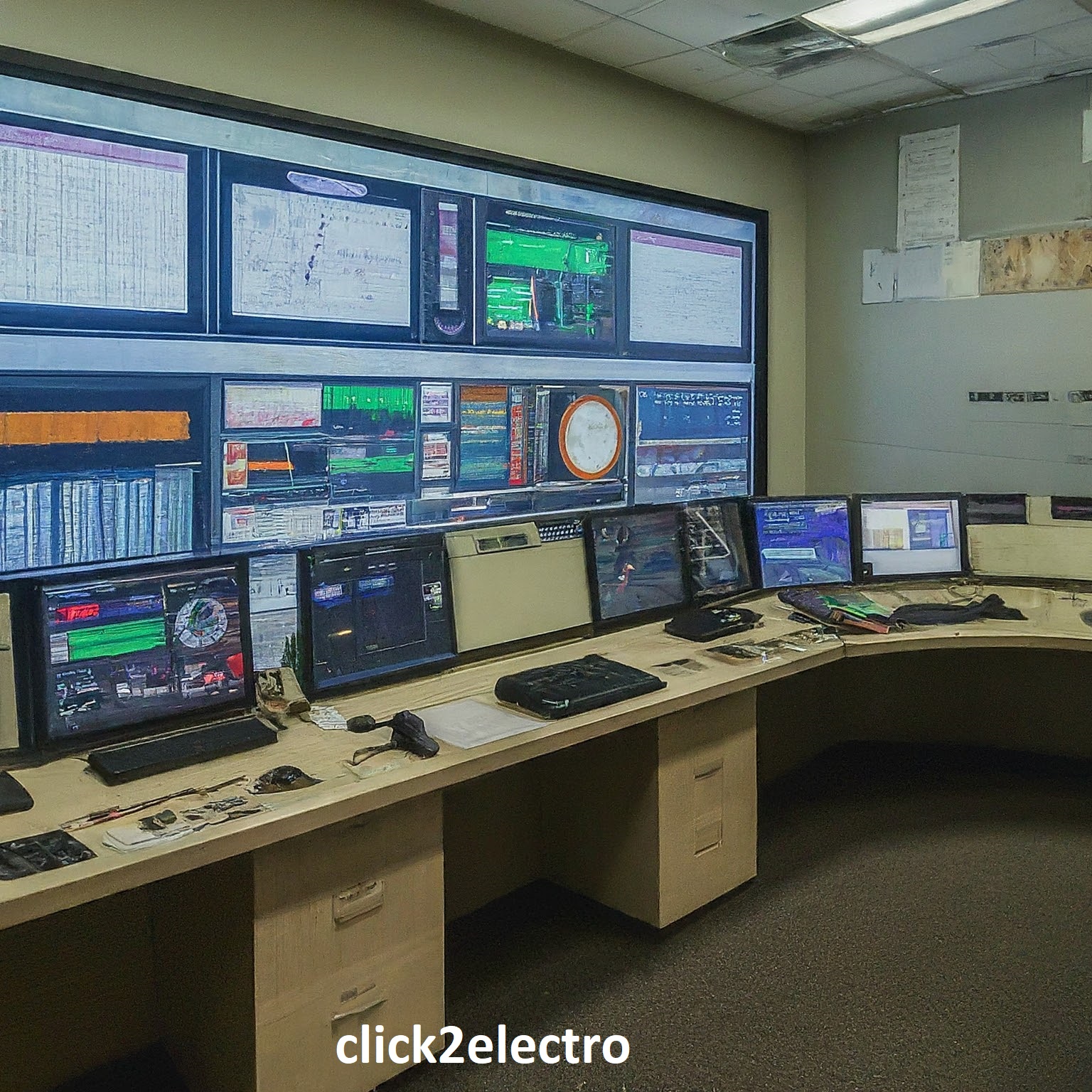SCADA (Supervisory Control And Data Acquisition) Explained

Introduction
In today's automated world, many critical infrastructures rely on complex systems to function efficiently. Supervisory Control And Data Acquisition (SCADA) systems play a vital role in monitoring and controlling these processes remotely. This article dives into the world of SCADA, explaining what it is, how it works, and its applications in various industries.
What is SCADA?
SCADA is a system that integrates hardware and software components to monitor and control industrial processes. It allows operators to:
- Gather real-time data from sensors, meters, and other field devices.
- Monitor critical parameters like temperature, pressure, flow rates, and equipment status.
- Control industrial equipment remotely, such as starting and stopping pumps or adjusting valves.
- Record and analyze data to identify trends, optimize operations, and detect potential problems.
How Does SCADA Work?
A typical SCADA system consists of four main components:
- Human-Machine Interface (HMI): This is the central control panel where operators interact with the system. It displays real-time data in a user-friendly format, allowing them to monitor processes and make control decisions.
- Supervisory Control Unit (SCU): The SCU is the brain of the SCADA system. It receives data from field devices, analyzes it, and sends control commands back to the equipment.
- Programmable Logic Controllers (PLCs): PLCs are intelligent devices located at the process level. They collect data from sensors, perform local control functions, and communicate with the SCU.
- Communication Network: This network connects all the components of the SCADA system, enabling data exchange between the HMI, SCU, PLCs, and field devices.
Applications of SCADA
SCADA systems are widely used in various industries, including:
- Manufacturing: Monitoring and controlling production lines, robots, and assembly processes.
- Power Generation and Distribution: Regulating power plants, managing electricity grids, and monitoring transmission lines.
- Water Treatment and Distribution: Supervising water pumping stations, filtration plants, and reservoir levels.
- Oil and Gas Production and Transportation: Monitoring pipelines, pressure levels, and wellhead operations.
- Building Automation: Controlling heating, ventilation, air conditioning (HVAC) systems, and lighting.
Benefits of SCADA
SCADA systems offer several benefits, including:
- Increased Efficiency: Real-time data allows operators to optimize processes and identify areas for improvement.
- Improved Safety: SCADA systems can help prevent accidents by monitoring critical parameters and alerting operators to potential hazards.
- Reduced Costs: Improved process efficiency and reduced downtime can lead to significant cost savings.
- Enhanced Decision Making: Data analysis provided by SCADA systems empowers operators to make informed decisions.
Conclusion
SCADA systems are a vital technology for monitoring and controlling critical infrastructure in various industries. By providing real-time data and remote control capabilities, SCADA helps to ensure efficient, safe, and cost-effective operations. As technology continues to evolve, SCADA systems are expected to become even more sophisticated and play an even greater role in industrial automation.
